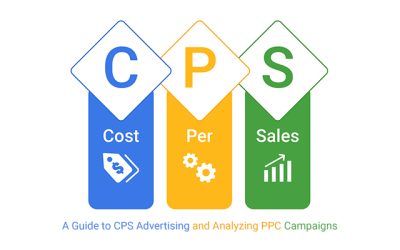
Cost Per Lead (CPL) Overview
Cost per Lead (CPL) is a key digital marketing metric that measures the expense incurred to acquire a new lead. It’s calculated by dividing the total campaign expenditure by the number of leads generated, providing a clear snapshot of the financial efficiency of marketing activities.
Importance of CPL
Budget Allocation
CPL helps in optimizing budget allocation across different marketing channels, ensuring resources are directed towards the most cost-effective options.
Audience Targeting
By analyzing CPL, marketers can refine their audience targeting strategies to focus on groups that yield leads at a lower cost.
Client Reporting
CPL is a critical metric for demonstrating campaign efficiency in client reports, offering transparency and accountability.
A/B Testing
CPL data is instrumental in identifying which elements of a campaign are most cost-effective, guiding future optimizations.
Why Cost Per Lead Is Important
CPL is essential for monitoring the financial health of a marketing campaign. It provides immediate feedback on the cost-effectiveness of acquiring leads. A high CPL indicates that the campaign may be overspending, while a low CPL suggests efficient lead acquisition. This immediacy allows for quick adjustments, making CPL a crucial metric in fast-paced marketing environments.
CPL Compared to Other Metrics
CPL interacts with various other key performance indicators (KPIs), providing a comprehensive view of campaign effectiveness. For example, a low CPL combined with a high conversion rate is ideal, indicating that leads are being acquired cost-effectively and converting at a high rate. Additionally, considering metrics like Lifetime Value (LTV) and Average Order Value (AOV) helps balance the immediate costs with long-term profitability.
Understanding Lead Stages
Distinguishing between different lead stages helps direct marketing efforts more effectively. Key lead categories include:
- Marketing Qualified Lead (MQL): Shows initial interest, such as downloading a resource.
- Product Qualified Lead (PQL): Engages directly with the product, such as through a free trial.
- Sales Qualified Lead (SQL): Ready for sales engagement after progressing through earlier stages.
By understanding and targeting these stages, marketers can optimize their spend and focus on leads most likely to convert.
Other Key Factors
Understanding the client’s revenue, closing rates, and average transaction values is crucial. This knowledge helps determine whether the advertising strategy will be effective and what the CPL needs to be for a successful campaign.
Calculating Cost Per Lead
Calculating CPL is straightforward yet essential. It involves summing up all campaign-related expenses and dividing by the number of leads generated. This method provides a clear picture of lead acquisition costs.
Formula for CPL:
CPL=Total Campaign ExpenditureTotal Leads Generated\text{CPL} = \frac{\text{Total Campaign Expenditure}}{\text{Total Leads Generated}}CPL=Total Leads GeneratedTotal Campaign Expenditure
Example of a Good CPL
A good CPL is one where the lead acquisition cost aligns with the desired return on ad spend (ROAS), average order value (AOV), and lead conversion rate. For instance, if aiming for a 5x ROAS with an AOV of $100 and a conversion rate of 10%, the CPL should ideally be $2 or less.
Identifying a Bad CPL
A bad CPL varies by industry. For example, a $50 CPL might be acceptable for a B2B software company but too high for an online retailer. If the CPL exceeds what the ROAS, AOV, and conversion rate suggest, it indicates a need for campaign adjustments.
Establishing Custom CPL Benchmarks
When industry averages aren’t available or applicable, creating custom CPL benchmarks through historical performance analysis is effective. Reviewing past campaigns with similar goals and audiences can help set realistic and achievable CPL targets. Alternatively, aligning CPL goals with business objectives, such as revenue growth targets, ensures that the CPL supports overall strategic aims.
By understanding and applying these principles, marketers can effectively manage their CPL, optimize campaigns, and ensure cost-efficient lead acquisition.


